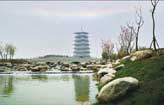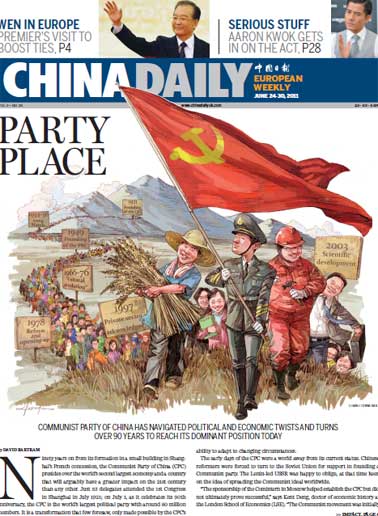Op-Ed Contributors
'Save and Grow' approach to agriculture
Updated: 2011-07-01 08:01
By Shivaji Pandey (China Daily)
Given the current and future challenges to our food supply and to the environment, sustainable intensification of agricultural production is emerging as a major priority for policymakers and international development partners.
Sustainable intensification, or "Save and Grow", has been defined as producing more from the same area of land while reducing negative environmental impacts and contributing more to natural capital and the flow of environmental services.
Sustainable crop production intensification is the first strategic objective of the United Nations Food and Agriculture Organization (FAO). In order to achieve that objective, the FAO has endorsed the "ecosystem approach" in agricultural management. Essentially, the ecosystem approach uses inputs, such as land, water, seed and fertilizer, to complement the natural processes that support plant growth, including pollination, natural predation for pest control, and the action of soil biota that allows plants to access nutrients.
There is now widespread awareness that an ecosystem approach must underpin intensification of crop production.
A major study of the future of food and farming up to 2050 has called for substantial changes throughout the world's food system, including sustainable intensification to simultaneously raise yields, increase efficiency in the use of inputs and reduce the negative environmental effects of food production.
Assessments in developing countries have shown how farm practices that conserve resources improve the supply of environmental services and increase productivity. A review of agricultural development projects in 57 low-income countries found that more efficient use of water, reduced use of pesticides and improvements in soil health led to average crop yield increases of 79 percent.
Another study concluded that agricultural systems that conserve ecosystem services by using practices such as conservation tillage, crop diversification, legume intensification and biological pest control, perform as well as intensive, high-input systems.
Sustainable crop production intensi-fication, when effectively implemented and supported, can meet the dual challenges of feeding the world's population and saving the planet. Save and Grow will allow countries to plan, develop and manage agricultural production in a manner that addresses society's needs and aspirations, without jeopardizing the right of future generations to enjoy the full range of environmental goods and services.
As well as bringing multiple benefits to food security and the environment, sustainable intensification has much to offer small farmers and their families who make up more than one-third of the global population - by enhancing their productivity, reducing costs, building resilience and strengthening their capacity to manage risk. Reduced spending on agricultural inputs will free resources for investment in farms and farm families' food, health and education. Increases to farmers' net incomes will be achieved at a lower environmental cost, thus delivering both private and public benefits.
E-paper

Shining through
Chinese fireworks overcome cloudy times, pin hopes on burgeoning domestic demand
Pen mightier than the sword
Stroke of luck
Romance by the sea
Specials

90th anniversary of the CPC
The Party has been leading the country and people to prosperity.

My China story
Foreign readers are invited to share your China stories.

Green makeover
Cleanup of Xi'an wasteland pays off for ancient city
